Jupiter to be at its closest to Venus on March 1. Don't miss the event
Jupiter and Venus to be at their closest on March 1. You can also spot the Moon, Jupiter and Venus in the night sky. Here is what NASA informs.
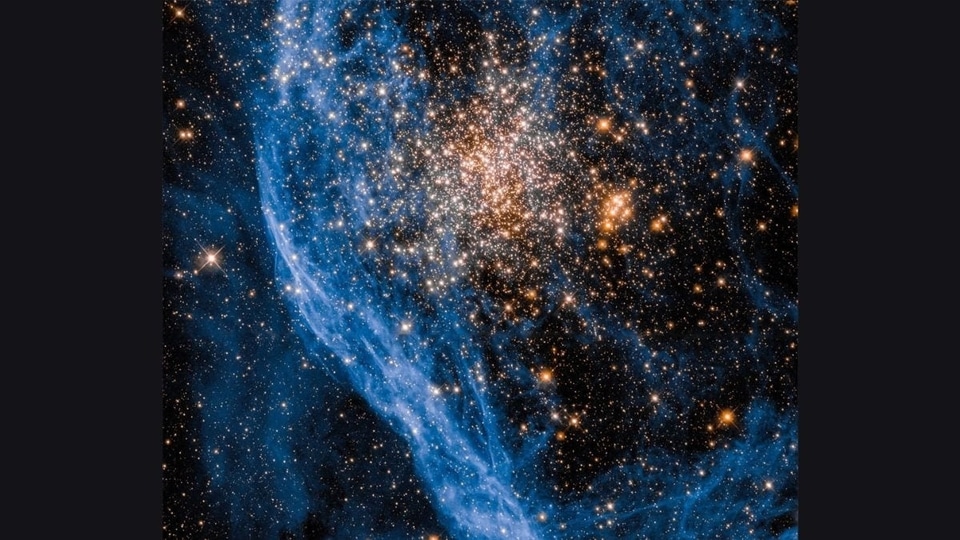
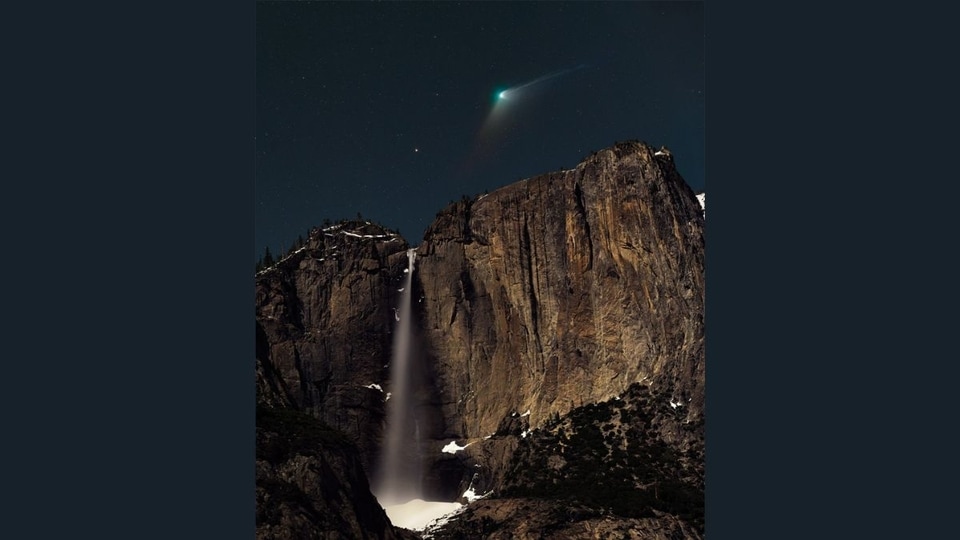
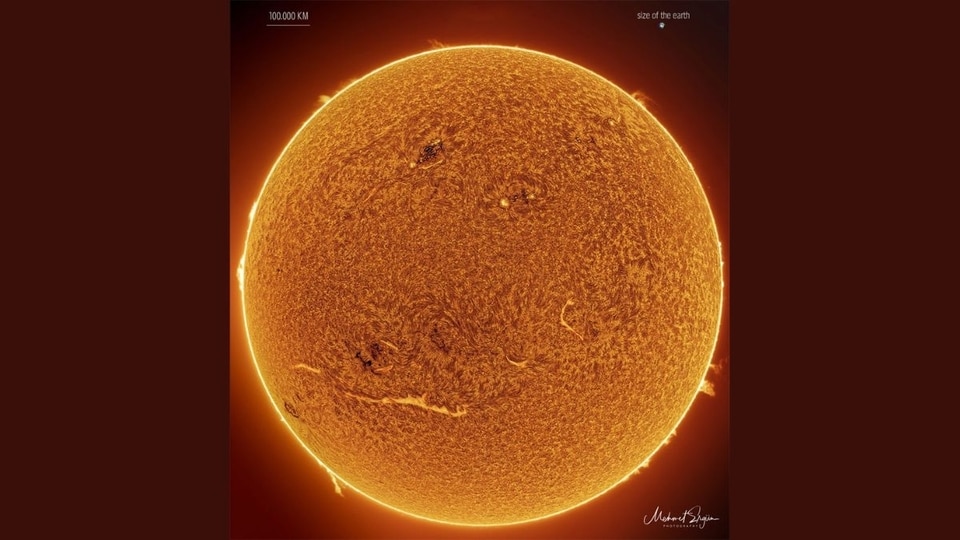
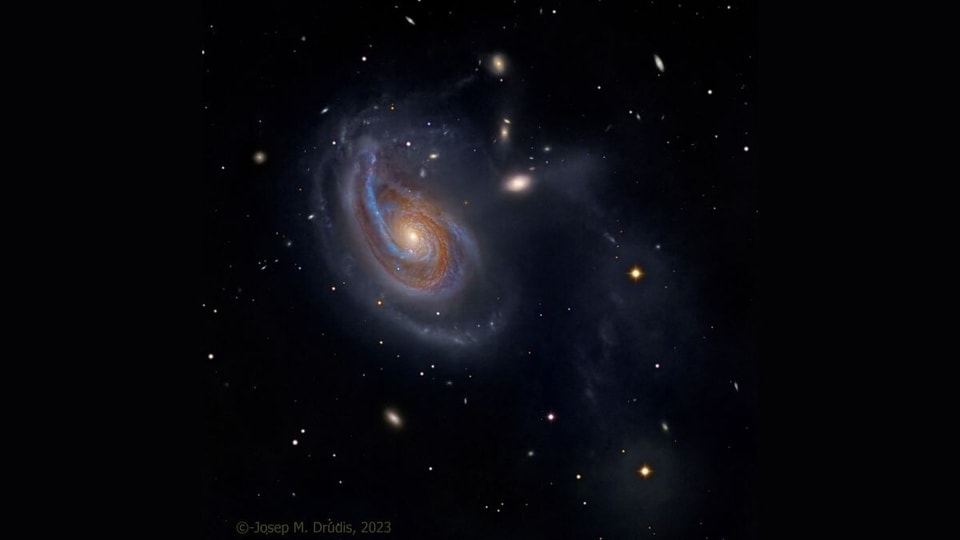
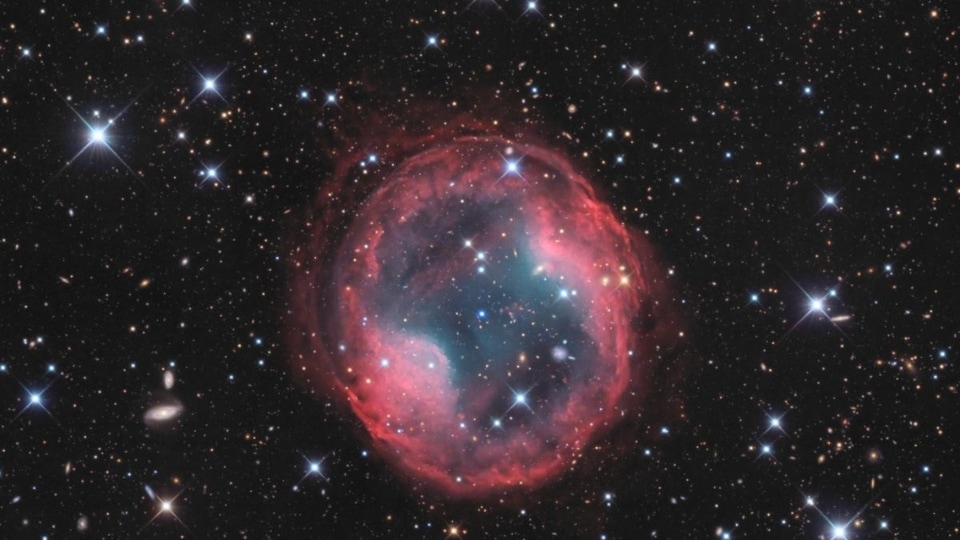
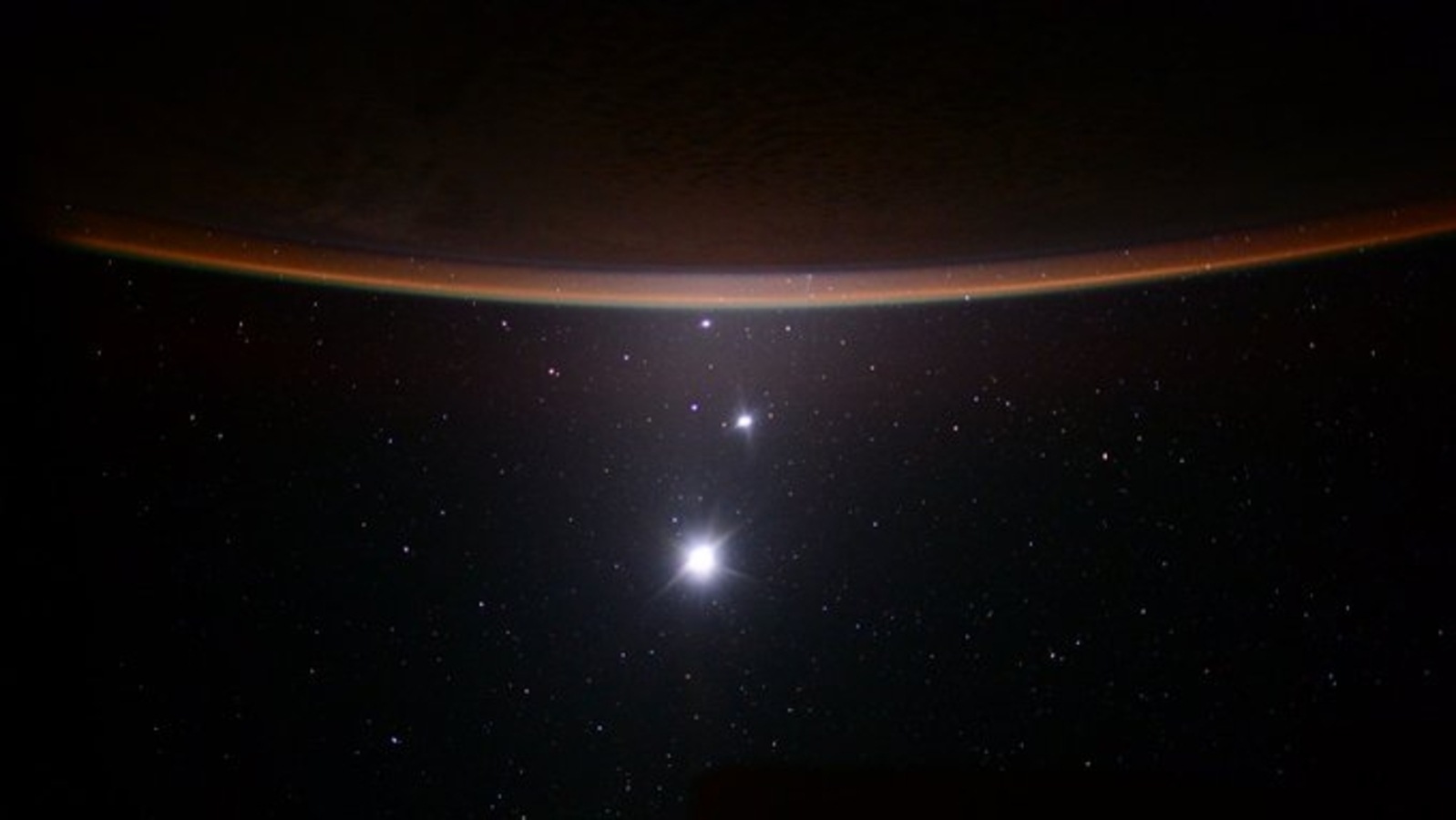
 View all Images
View all ImagesHave you spotted the Moon, Jupiter and Venus in the night sky? These three met in the western sky on February 21 and 22 with the crescent Moon sitting close to Jupiter, with Venus below them. But wait, there is more to the celestial phenomenon. Jupiter is said to be closest to Venus on March 1. Informing about the same NASA tweeted, "There's a meetup happening in the western sky: the crescent Moon sits close to Jupiter, with Venus below them. Jupiter and Venus will continue to cozy up until March 1, when they'll be at their closest. Have you spotted these three in the sky? Snap a picture and send it to us!"
Meanwhile, if you want to witness Jupiter and Venus at their closest on March 1, you can know that this unusual phenomenon can be viewed from Earth in the night sky. All you will have to do is wait for the sunset and make it a wonderful experience of your lifetime.
According to a report by HT School, Venus is expected to shine bright with a magnitude of -4.0, while Jupiter on the other hand is anticipated to display twice the brightness with a magnitude of -2.0, almost as vibrant as Sirius.
Both the planets were separated by 29 degrees at the start of this month and are now progressively coming closer, according to several media reports. "At present, they appear to be about “three fists” away from each other. However, the good news is, almost every night, this distance seems to be reducing," a report by HT School stated.
It further informed that on the night of February 20, the gap between the two planets had gone down to a little over 9 degrees. "Astronomers believe that by 27th February, this gap will shrink to 2.3 degrees. Okay, will that be the maximum shrinkage? Fortunately, not! On the D-Day, that is 1st March, Venus and Jupiter will only be 0.52 degrees apart," the report added.
Catch all the Latest Tech News, Mobile News, Laptop News, Gaming news, Wearables News , How To News, also keep up with us on Whatsapp channel,Twitter, Facebook, Google News, and Instagram. For our latest videos, subscribe to our YouTube channel.





























